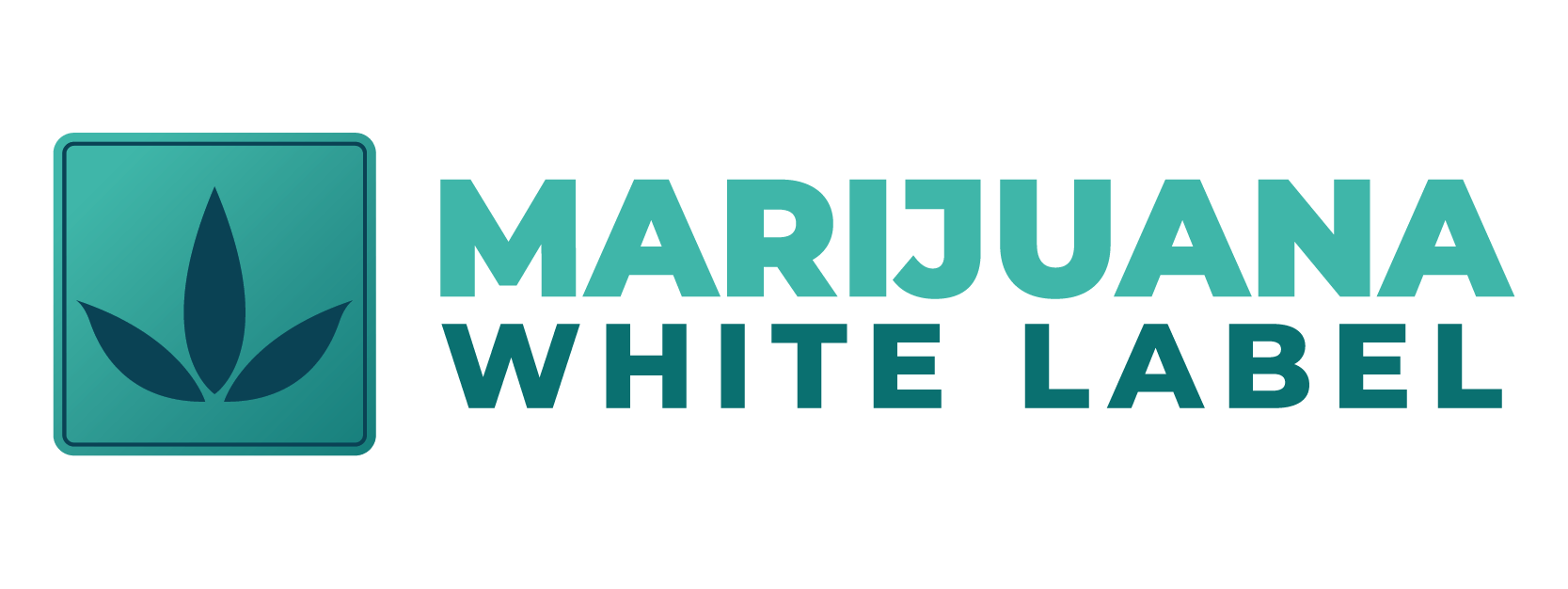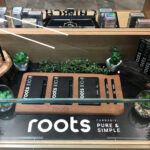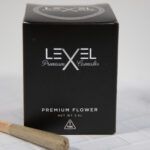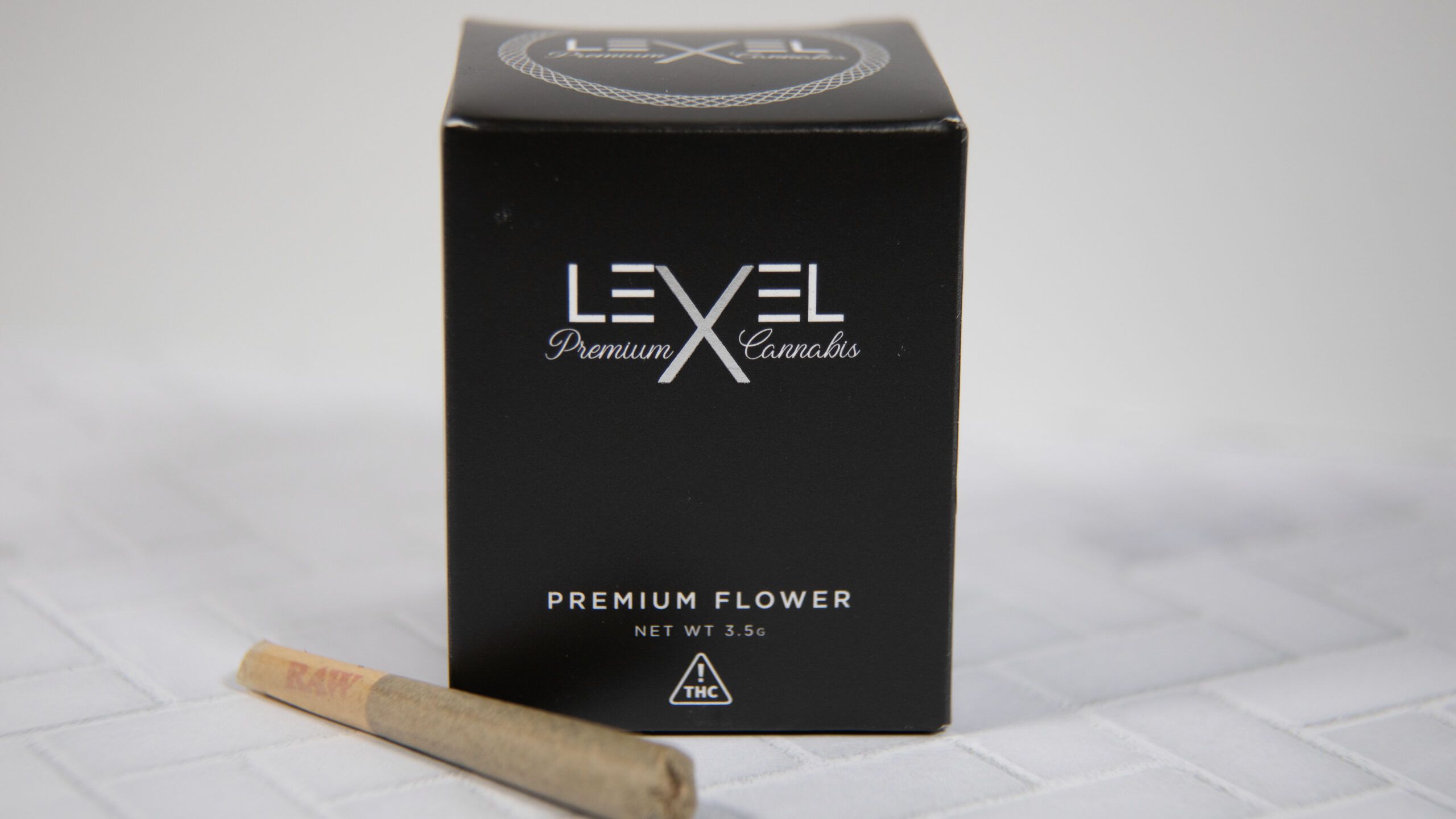In the ever-evolving cannabis market, the rise of white label products has sparked a familiar consumer question: can people actually tell the difference between these products and their brand-name counterparts? For many shoppers, packaging, marketing, and perception play as large a role as the cannabis itself. Yet beneath the branding, there’s often more similarity than most consumers realize.
What Are White Label Cannabis Products?
White labeling occurs when one company manufactures a product that another company sells under its own brand name. This business model is common in mainstream industries like grocery, cosmetics, and electronics. In cannabis, it means that a pre-roll, vape cartridge, or gummy you buy under one brand’s label may actually be made by a different licensed producer.
Trusted industry analysts like BDSA have noted that white labeling has become an important tool for smaller brands to enter competitive markets without building costly cultivation or processing facilities. Consumers, however, are sometimes left wondering whether they’re getting the same quality as established brands—or something entirely different.
Where Consumers Notice a Difference
Packaging and Presentation
The first place consumers often draw distinctions is packaging. Established brands typically invest in sleek designs, child-resistant innovations, and eye-catching colors. White label products, depending on the partner, can sometimes appear more generic. According to a report from Headset, packaging remains one of the top influences on first-time purchases in dispensaries.
Price Points
Price is another giveaway. White label products often sit at lower price tiers, offering affordable alternatives without the “premium” markup. A vape cartridge priced $10–15 cheaper than a well-known competitor may prompt consumers to suspect differences in potency, purity, or flavor—even if the oil inside comes from the same extraction facility.
Potency and Lab Results
In regulated markets, lab testing ensures THC, CBD, and terpene levels are accurately reported on labels. Consumers paying close attention to these results may notice that some white label products match name brands almost identically. However, others show slight variances, reflecting differences in source material or batch quality. Data from state-level labs, such as California’s Bureau of Cannabis Control reports, confirm that consistency can vary even within a single brand depending on cultivation and production cycles.
When Consumers Can’t Tell the Difference
Despite these clues, many consumers cannot distinguish between white label and brand-name products once they’re in use. Taste, aroma, and effects often depend more on strain genetics and cannabinoid-terpene ratios than on the logo on the package.
In fact, a 2023 Cannabis Business Times survey suggested that nearly half of frequent consumers admitted they could not reliably tell whether they were consuming a white label or brand-name product when blinded to packaging. This highlights how much branding influences perception.
The Role of Consumer Psychology
Brand loyalty is powerful in cannabis. Just like in other industries, consumers often associate higher prices or familiar names with better quality. Marketing experts have found that trust in a brand can create what’s called a “halo effect,” where buyers believe they are experiencing higher satisfaction—even when the product is nearly identical to a budget version.
Dispensary staff also play a role. Budtenders frequently recommend products based on availability, customer preferences, or brand incentives. A consumer introduced to a white label gummy as a “value choice” may approach it with different expectations than if it were recommended as a “top-shelf option.”
Why This Matters for Shoppers
For consumers, the key takeaway is to look beyond branding. Here are a few tips to evaluate cannabis purchases more objectively:
- Check lab results: Potency, terpenes, and contaminants matter more than logos.
- Ask budtenders directly: Many know which products are white label and can explain differences.
- Pay attention to consistency: If you like a product, note batch numbers for future reference.
- Balance cost with experience: Sometimes white label products provide nearly the same quality at a fraction of the price.
In Summary
So, can consumers tell the difference between white label cannabis products and brand-name manufactured ones? The answer is both yes and no. Packaging, price, and perception certainly influence the buying experience, and careful consumers may notice subtle differences in lab results or product consistency. But once consumed, many products deliver effects indistinguishable from their premium-branded cousins.
For shoppers, the smartest move is to stay informed, rely on lab testing, and focus less on the label and more on the experience. In a maturing cannabis market, knowledge is the best brand of all.






